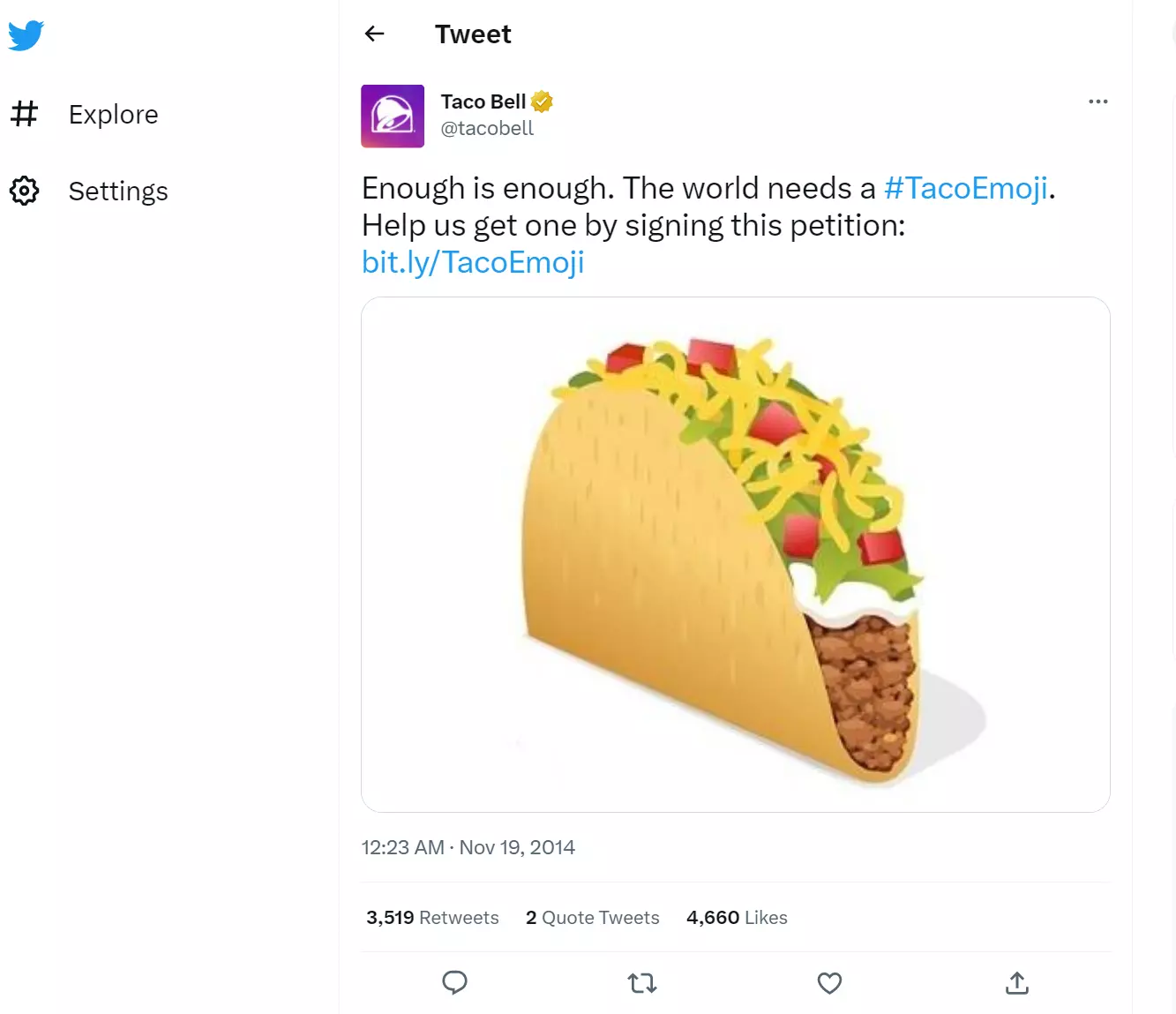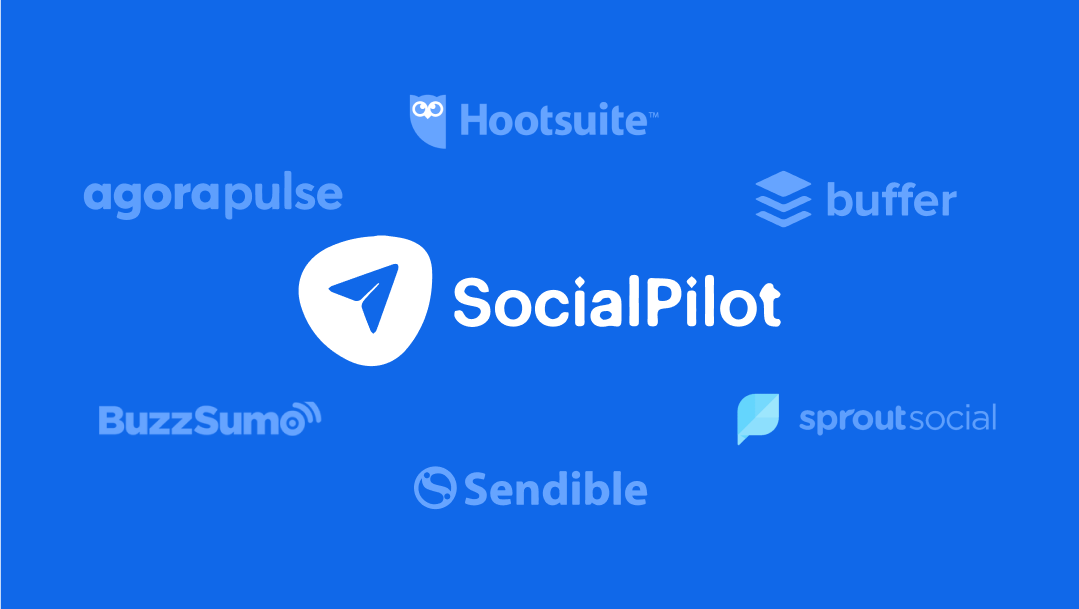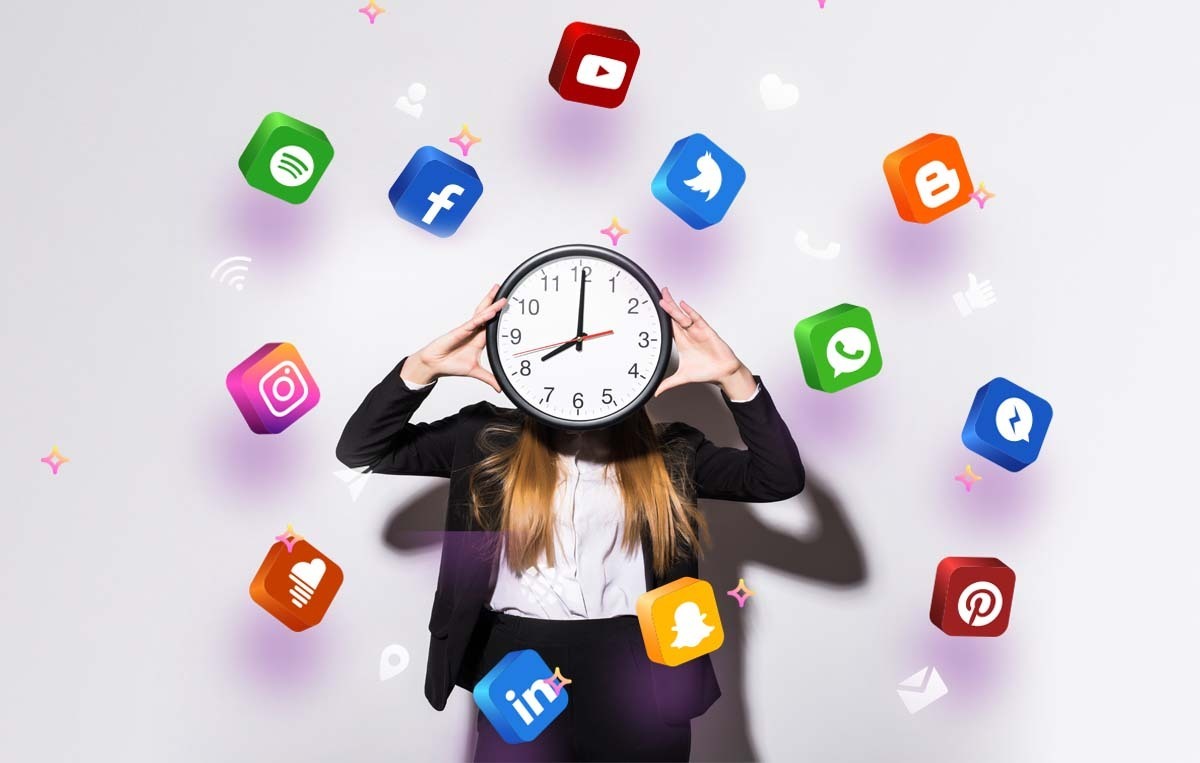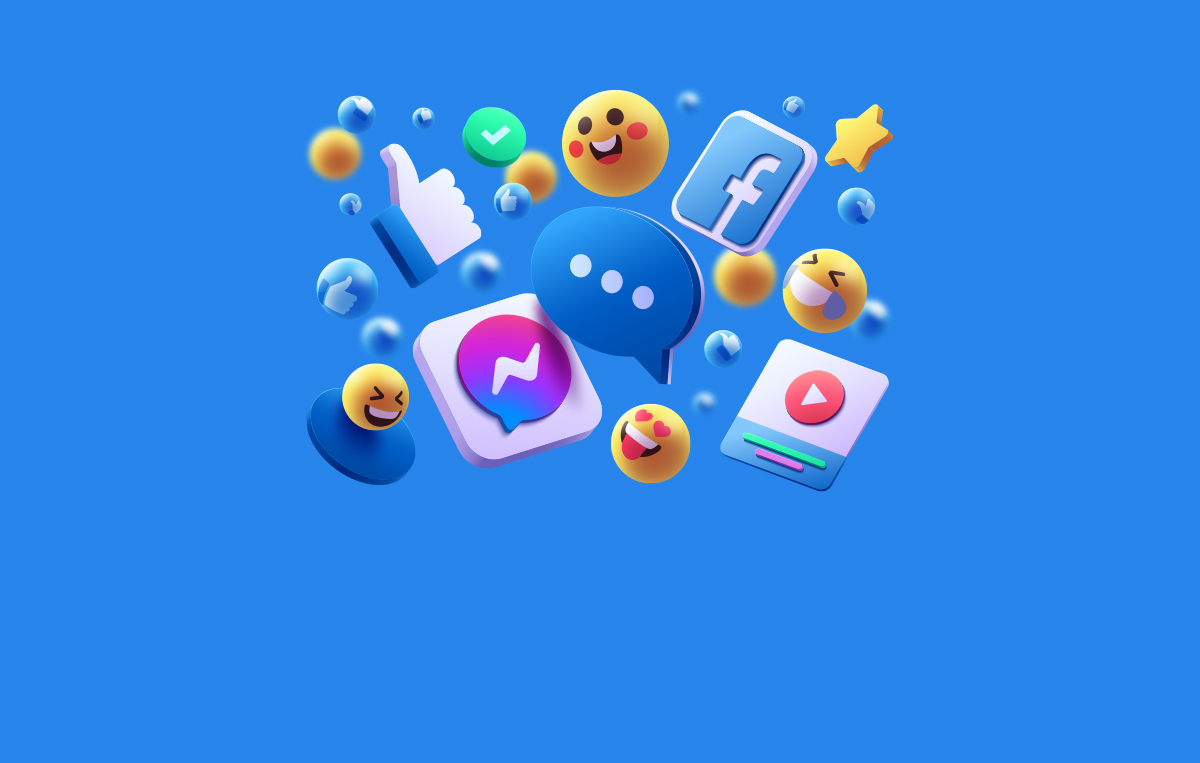More about it:
Do you know? Emojis originated in Japan and have become popular worldwide as a way to add visual flair and express emotions in messages, such as text messages, emails, and social media posts.
Social media has played an important role in the widespread adoption of emojis. Platforms like Facebook, Twitter, and Instagram allow users to include emojis in their posts and comments, making it easier to express themselves and connect with others.
Emojis have become a huge part of our digital language. Instead of just relying on text, we can now convey emotions and tone with a simple emoji.
For instance, a smiley face can show happiness, a crying face can show sadness, and a winking face can show humor or flirting. They also allow us to convey cultural references and inside jokes between friends, adding depth to our conversations.
But emojis are not just for fun; they can also influence activism and social change. People use them to support various causes, such as marriage equality, environmentalism, and Black Lives Matter, and even to raise awareness for critical issues.
Brands have also caught on to the emoji trend and are using them to engage with their audience and convey brand personality. Emojis can create unique hashtags, making it easier for companies to track and analyze social media engagement.
Just remember, with excellent emoji power comes great responsibility. Using them responsibly and considering the cultural context and intended meaning before sending them off into the digital world is essential.
In conclusion, emojis have become an essential part of our digital communication and add tone, context, and emotion to our messages. They’ve made our online conversations more fun, meaningful, and impactful.

The Taco Bell Emoji Campaign was a marketing effort launched in 2015 to add a taco emoji to the standard emoji keyboard. The campaign used social media and a petition to gather support for the taco emoji. It was a huge success, eventually leading to the addition of the taco emoji to the keyboard.
To sum it up, The campaign was creative, fun, and effective, using social media and the power of emojis to connect with customers and drive brand awareness. The taco emoji has since become a brand symbol and is one of the most popular emojis in use today.


